Rowing machines are excellent for a full-body workout, combining cardiovascular conditioning with strength training. To ensure you get the most out of your rowing sessions and avoid injury, it’s important to follow some best practices. Here are the key dos and don'ts for using a rowing machine:
Dos
- Warm Up Properly
- Do: Spend at least 5-10 minutes warming up before you start rowing. A proper warm-up prepares your muscles and joints for the workout ahead.
- Maintain Good Posture
- Do: Keep your back straight and your core engaged throughout the rowing motion. Your shoulders should be relaxed and your head in a neutral position.
- Use the Correct Rowing Technique
- Do: Follow the four phases of the rowing stroke: the catch, the drive, the finish, and the recovery.
- Catch: Sit forward with your knees bent, arms straight, and the handle gripped firmly.
- Drive: Push with your legs while keeping your arms straight, then lean back slightly from the hips.
- Finish: Pull the handle towards your lower ribs, keeping your elbows close to your body.
- Recovery: Extend your arms forward, lean forward from the hips, and then bend your knees to slide back to the catch position.
- Set the Appropriate Resistance
- Do: Adjust the resistance level to match your fitness level and workout goals. Start with a lower resistance if you're new to rowing and gradually increase it as you become more comfortable.
- Focus on Smooth and Controlled Movements
- Do: Ensure each stroke is smooth and controlled, avoiding jerky or rushed movements. This helps to engage the right muscle groups effectively and prevents injury.
- Breathe Properly
- Do: Breathe regularly and rhythmically. Inhale during the recovery phase and exhale during the drive phase.
- Wear Appropriate Clothing
- Do: Wear fitted clothing to avoid any fabric getting caught in the rowing machine. Athletic shoes with good support are essential.
- Cool Down and Stretch
- Do: Spend 5-10 minutes cooling down after your workout, followed by stretching exercises to improve flexibility and reduce muscle soreness.
Don'ts
- Don’t Round Your Back
- Don’t: Avoid rounding your back during the rowing stroke. This can lead to back injuries. Keep your back straight and core engaged.
- Don’t Overextend Your Knees
- Don’t: Avoid locking or overextending your knees during the drive. Always keep a slight bend in your knees to protect your joints.
- Don’t Rely on Your Arms Alone
- Don’t: The power of the rowing stroke should come primarily from your legs and core, not your arms. Ensure you're using the correct sequence of legs, body, and arms.
- Don’t Rush the Recovery Phase
- Don’t: The recovery phase should be smooth and controlled, not rushed. Take your time to set up properly for the next stroke.
- Don’t Hold Your Breath
- Don’t: Holding your breath can reduce oxygen flow to your muscles and cause fatigue. Maintain a regular breathing pattern throughout your workout.
- Don’t Set the Resistance Too High
- Don’t: Setting the resistance too high can lead to poor form and potential injury, especially if you're a beginner. Start with a moderate resistance and increase it gradually.
- Don’t Ignore Your Body’s Signals
- Don’t: If you feel pain or discomfort, stop rowing immediately. Listen to your body and avoid pushing through pain, as this can lead to injury.
- Don’t Use Excessive Force
- Don’t: Avoid yanking or jerking the handle. Use controlled force to protect your joints and muscles.
Tips for an Effective Rowing Workout
- Monitor Your Form: Use a mirror or have someone watch you to ensure you maintain proper form.
- Set Goals: Define clear workout goals, such as distance, time, or stroke rate, and work towards them progressively.
- Stay Hydrated: Drink water before, during, and after your workout to stay hydrated and maintain performance.
- Mix Up Your Workouts: Incorporate different types of rowing workouts, such as steady-state, intervals, and sprints, to keep your routine varied and challenging.
- Seek Professional Advice: If you're unsure about your technique, consider consulting a coach or watching instructional videos to ensure you are rowing correctly.
By following these dos and don'ts, you can maximise the benefits of using a rowing machine and achieve your fitness goals safely and effectively.
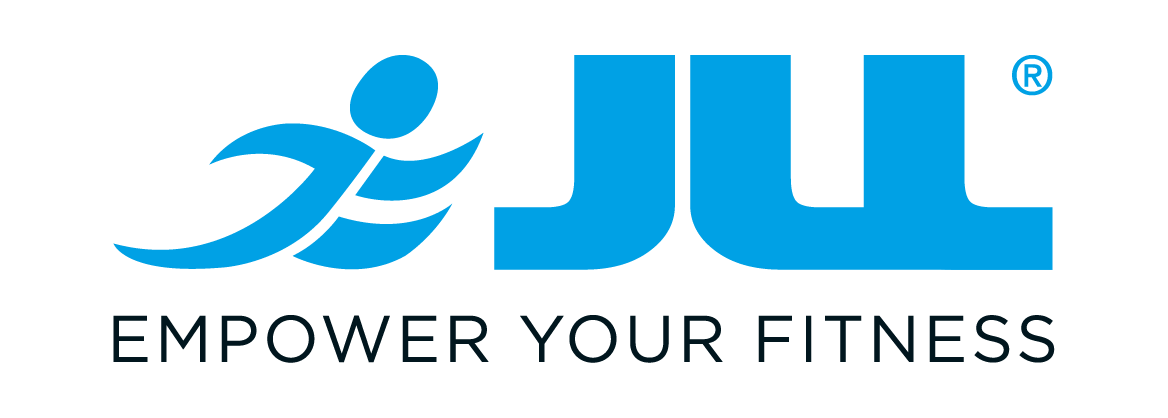
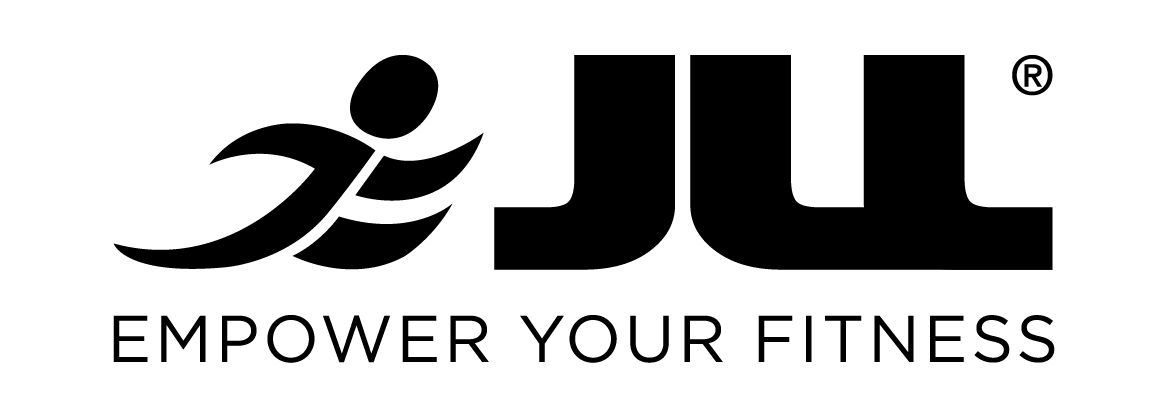
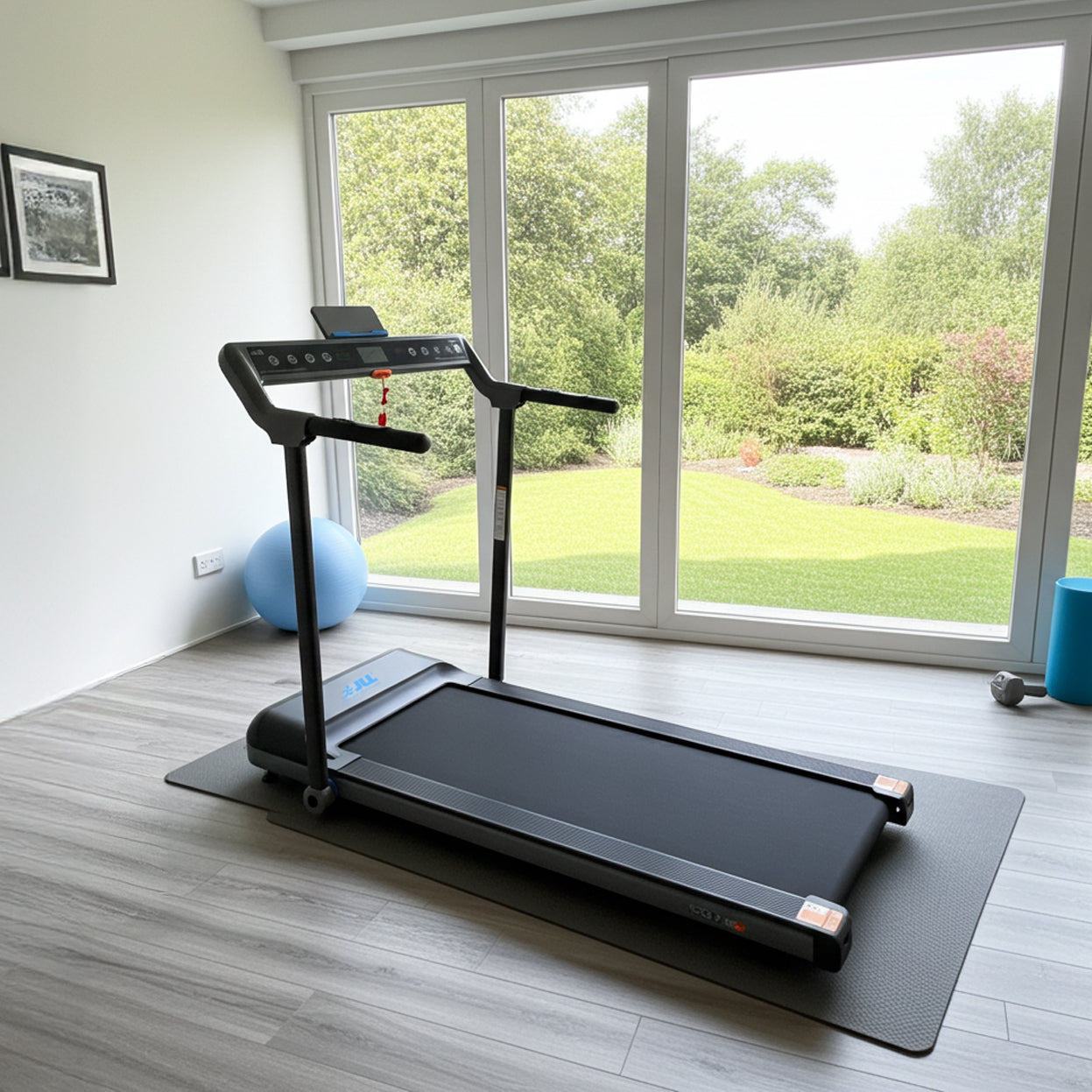
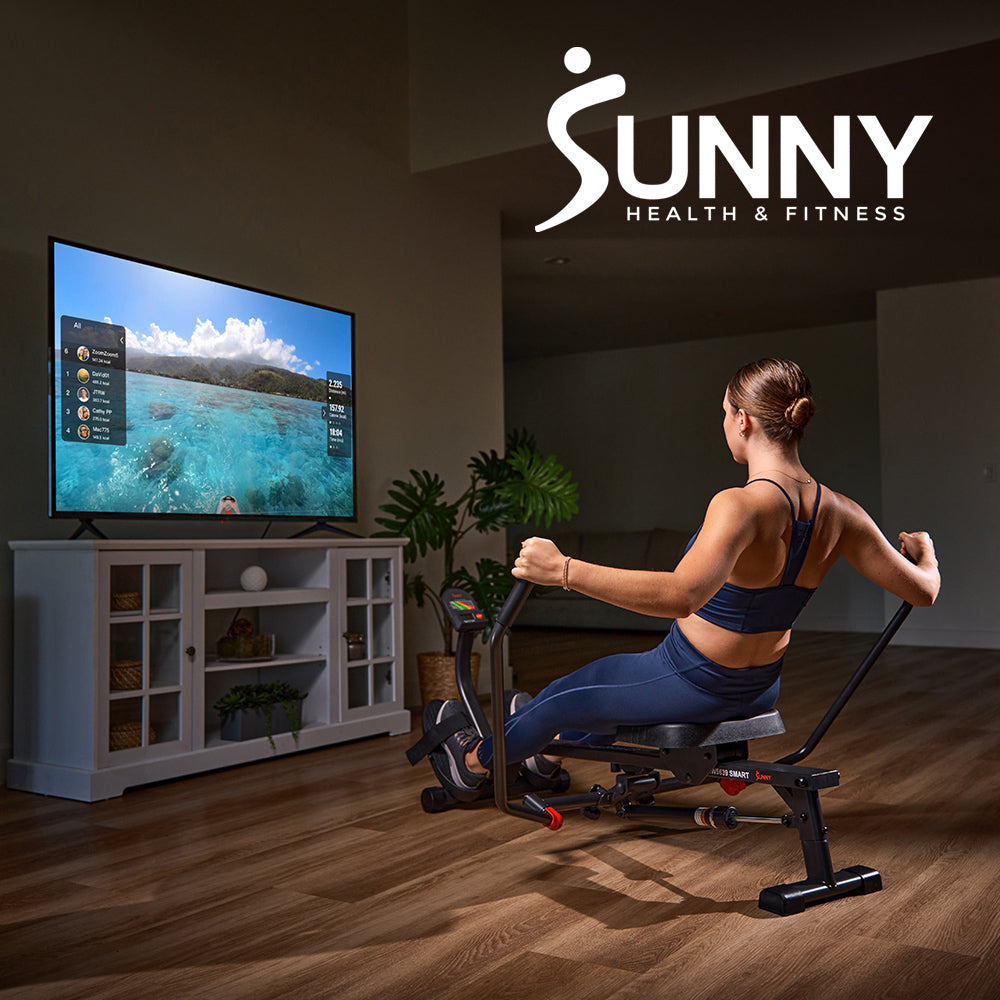

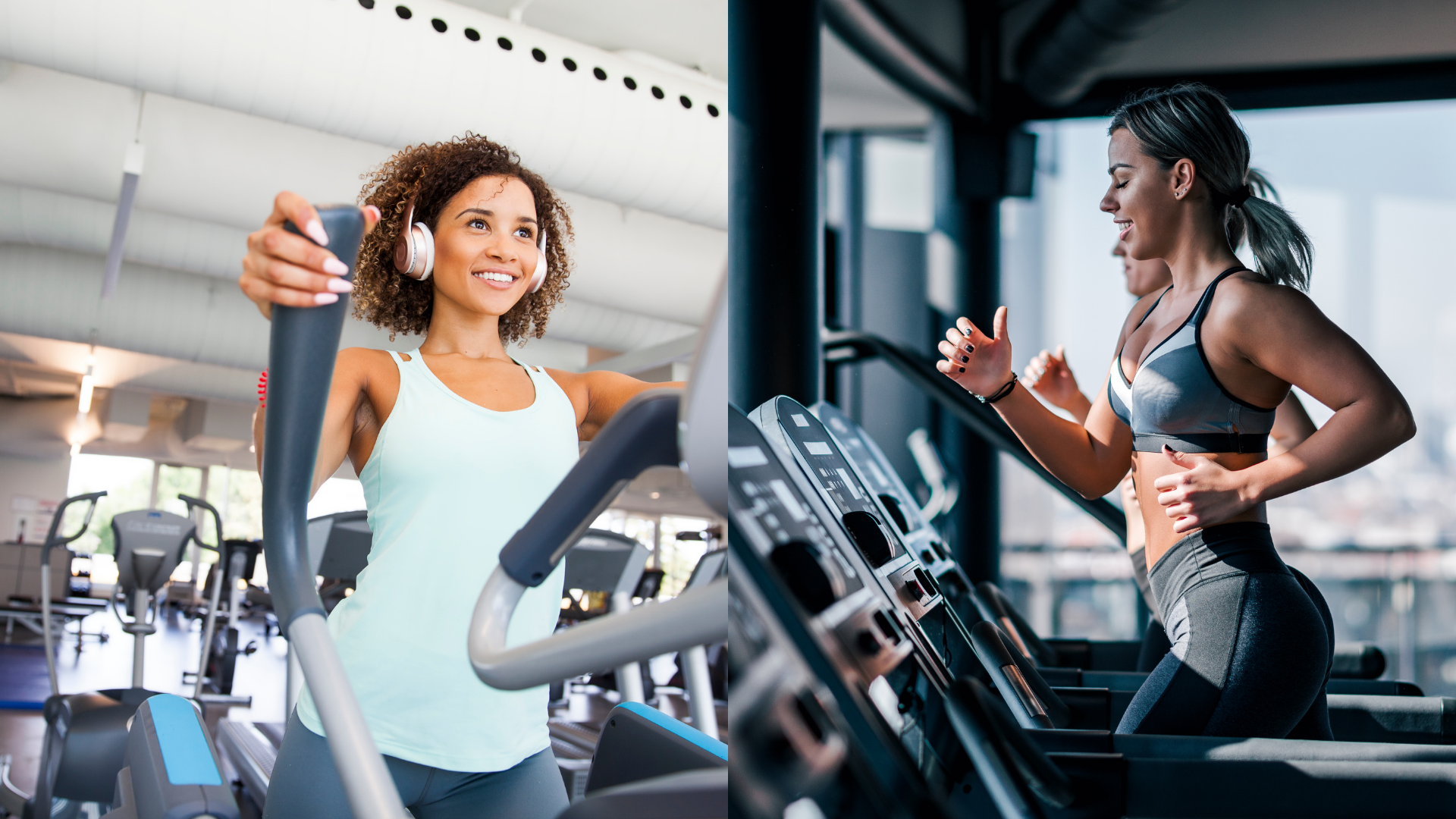
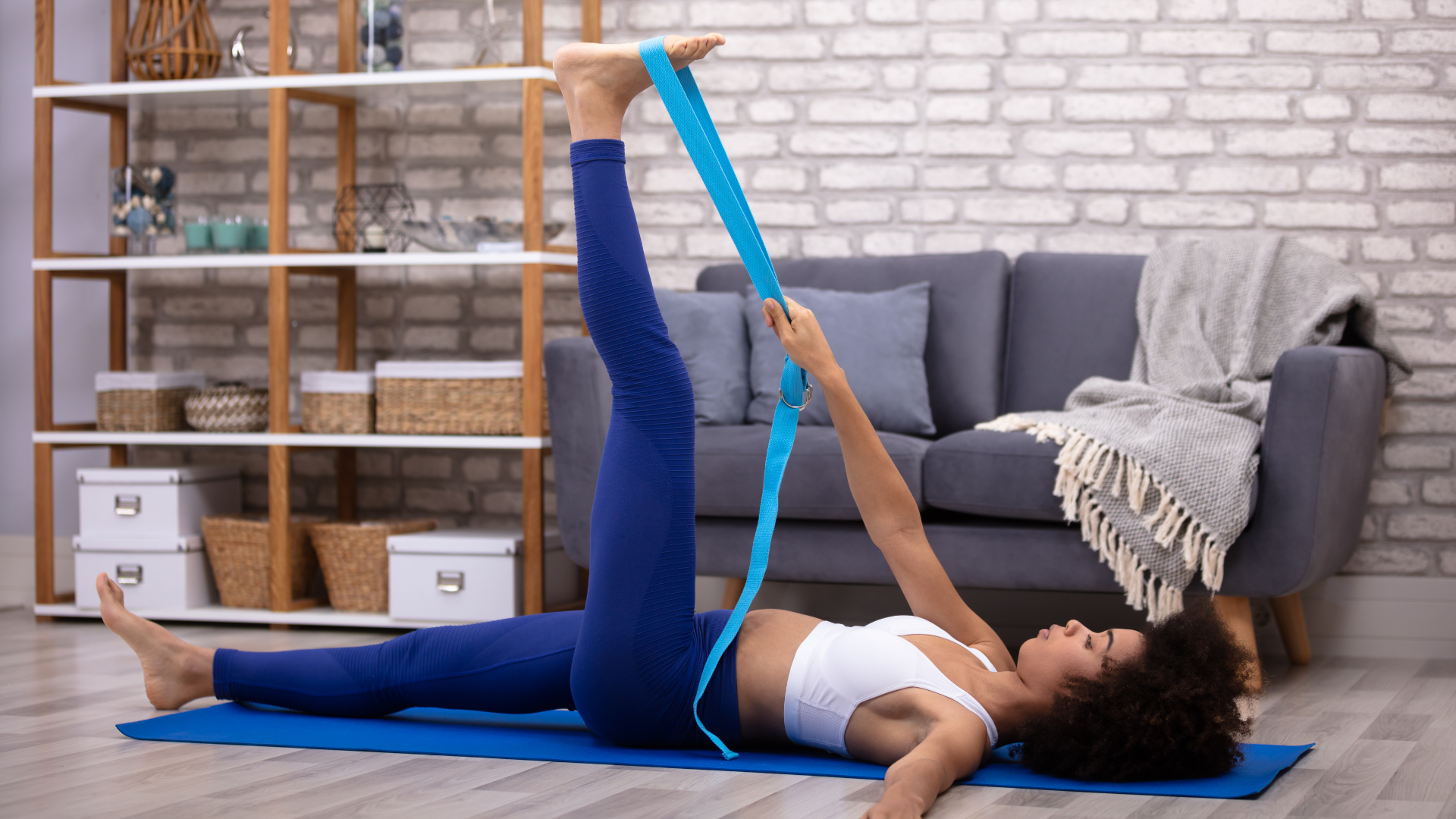



Leave a comment
All comments are moderated before being published.
This site is protected by hCaptcha and the hCaptcha Privacy Policy and Terms of Service apply.